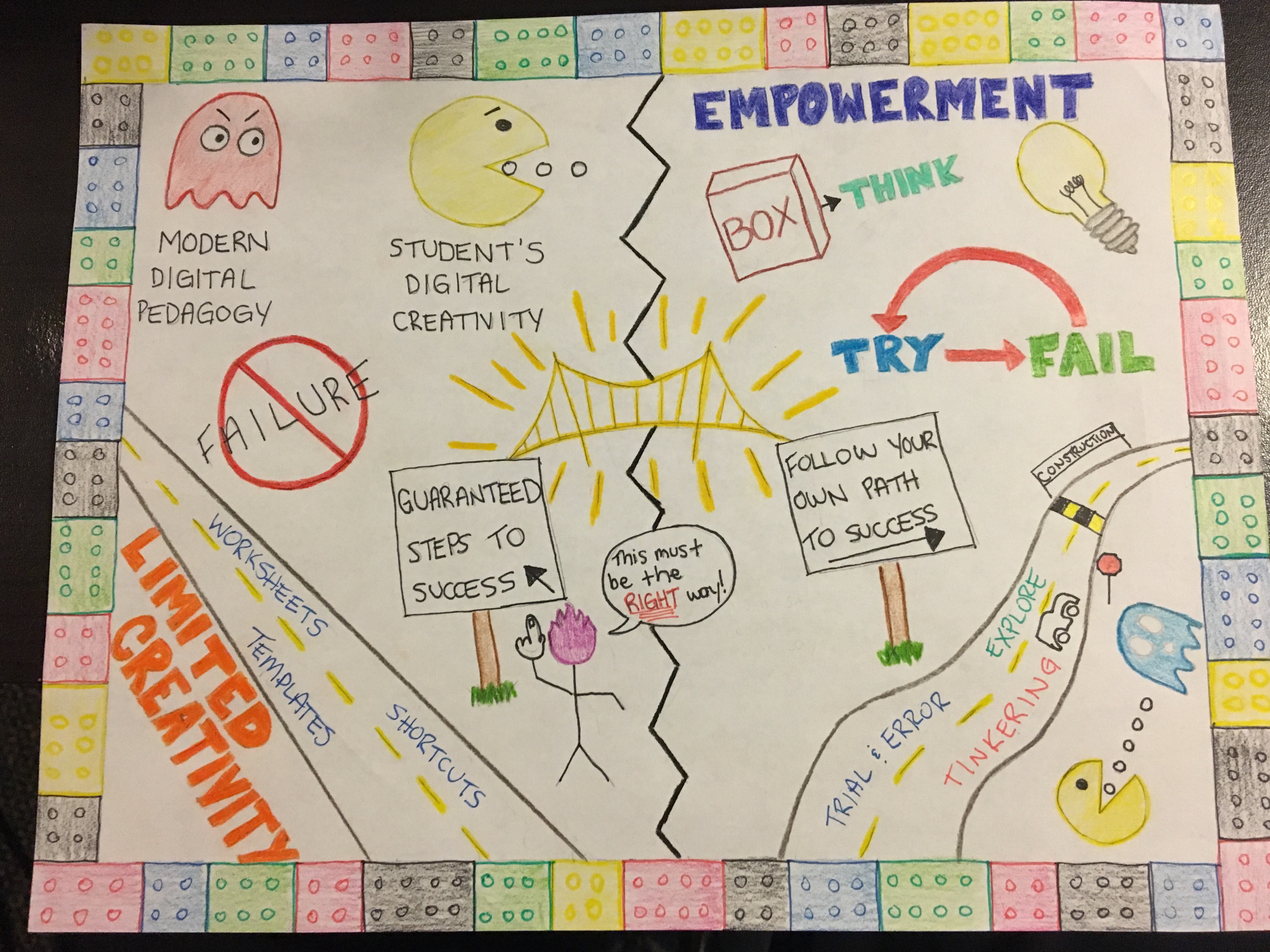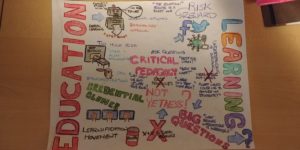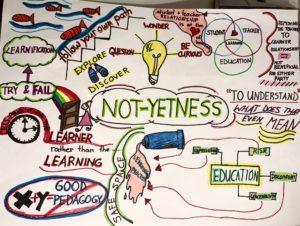I found Ashley Hinck’s article Digital Ghosts in the Modern Classroom to be a very thoughtful and relevant piece. Although it felt somewhat overwhelming for me, as someone who has really only ever used shortcut/template platforms, I was able to understand and even agree with her arguments. We expect digital technology to take education in new directions and help students develop new skills, but our cookie-cutter educational ways of the past are still looming over us and restricting the full potential that digital technology could bring to the table. Students have been trained to follow strict steps and believe that there is only one right answer. Therefore, students are accustomed to thinking that they are only successful if they can find that single right answer using the methods that they have been taught. There is little to no emphasis on the educational journey and learning from mistakes. These troublesome notions still haunt our current digital practices in education. Students are using websites where everything is laid out in a pre-set theme or template instead of experimenting, building, and creating from scratch by learning how to code, because coding is more complex and messier, so although it may be more valuable as an educational process, the end result won’t be as neat and tidy. Once again, we see where our priorities are. We need to reform these old ways and put the emphasis on the learning process! We need to kill the ghosts! By encouraging students to experiment and giving them license to make mistakes we can rid them of the notion that making mistakes, or “failing”, makes them failures.
My first instinct was to represent my response in a Sketchnote, but in the end, after a lot of back-and-forth, I chose to use Coggle. I felt that it was important for me to explore a new platform. I also felt that it would help me to be more in tune with the article if I used a template/drag-and-drop platform like the ones she talks about. I think in those senses, it was a successful choice. I learned a lot about a new platform whilst being able to experience a lot of the elements she spoke of in her article. Coggle was very limiting. Sure, it was fairly easy to use. A couple of clicks and some drag-and-drops were all I really needed to get by, but it was very limiting in terms of style and therefore caused me a lot of frustration and second-guessing. Should I just be doing this on paper? Should I just look for a platform like Paint, where I could have more freedom? Ultimately, I still feel like this allowed for a more authentic experience in relation to the article’s topic.
Originally, I set out to make a mind-map. In my head, this consisted of a web-like form with a center and multiple lines of thought branching out. What I found once I started, was that my “mind-map” was turning into more of a linear stream of consciousness. Hinck’s article really made me reflect on the roots of our education system. Digital technology facilitates student-centered learning, but our system still seems to be carrying its past traditions of teacher-centered learning and template teaching, where students have to find ways to conform to the lessons and teaching techniques presented to them, instead of those elements being tailored to them. I believe that if we can get to a place in education where the focus is completely on the individual student and their educational journey through experiential learning, then we will see more “complex” digital platforms being tackled in classrooms, but we first have to remove that fear of “failing” or being “wrong”.
Preview:
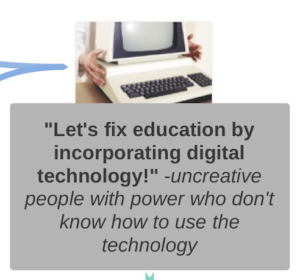
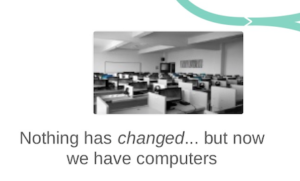
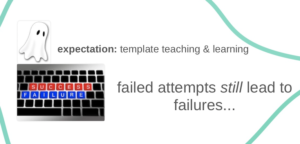
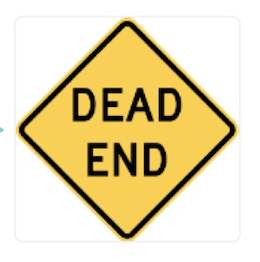
PDF of my Mind Map made on Coggle: Schoenberger Modern Classroom Ghosts Mind Map
Vicky Schoenberger

